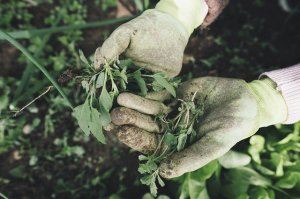
Your gut is more than just a digestive system – it is a bustling ecosystem of trillions of microbes that play a vital role in your overall health, they are called the gut microbiome. This community, of microbes, includes bacteria, viruses, fungi, and other microorganisms that live primarily in your colon. Although they are tiny, their impact is anything but.
The Gut-Body Connection
A healthy gut microbiome supports your body in several important ways:
- Digestion and Nutrition Absorption: Gut bacteria help break down complex carbohydrates and fibers, producing short-chain fatty acids that nourish your colon and support metabolic function.
- Immune Function: About 70% of your immune system resides in your gut. A balanced microbiome helps regulate immune responses and protect against harmful pathogens.
- Mental Health: The gut and brain are closely linked through the gut-brain axis, and often your gut is referred to as your second brain. Some gut bacteria produce neurotransmitters like serotonin, which influence mood and cognitive function.
- Chronic Disease Prevention: An imbalance gut microbiome has been linked to conditions like obesity, type 2 diabetes, heart disease, and even certain cancers.
What Disrupts Gut Health?
Modern lifestyles can throw your gut out of balance. Diets high in processed foods and low in fiber, chronic stress, lack of sleep, and overuse of antibiotics can all reduce microbial diversity and allow harmful bacteria opportunity to thrive.
How to Support a Healthy Gut
Fortunately, small lifestyle changes can make a big difference:
- Eat More Fiber: Whole grains, legumes, fruits, and vegetables feed beneficial bacteria and promote diversity.
- Include Fermented Foods: Yogurt, kefir, sauerkraut, and kimchi contain live cultures that can enhance your microbiome.
- Exercise Regularly: Physical activity may help increase microbial diversity and reduce inflammation.
- Avoid Unnecessary Antibiotics: Use them only when prescribed, as they can wipe out both harmful and helpful bacteria.
Your gut health is foundational to your overall well-being. By making mindful choices in your diet and lifestyle, you can cultivate a thriving microbiome that supports everything from digestion to mental clarity. Think of your gut as a garden – how you care for it, and what you feed it determines how well it grows.
Written By: Sofia Carter, Family and Consumer Sciences Educator, OSU Extension Champaign County
Reviewed By: Shannon Carter, Family and Consumer Sciences Educator, OSU Extension Fairfield County












